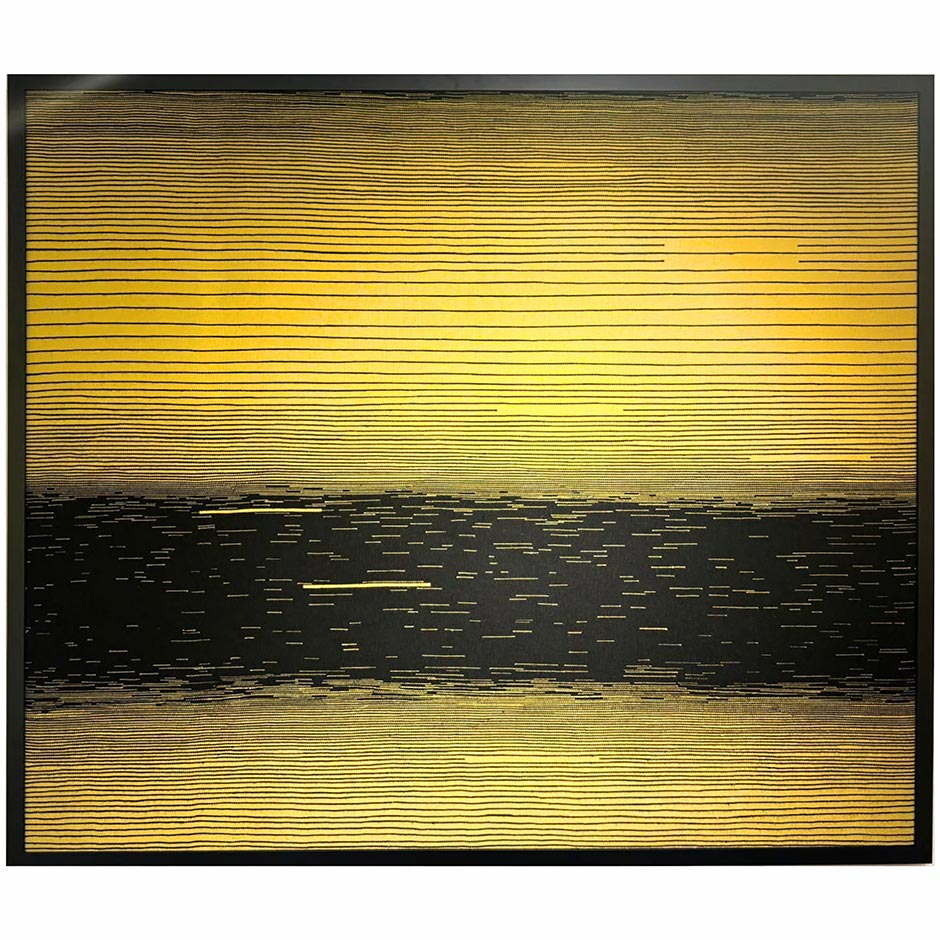In 1934, Seuphor and his wife made a sudden departure from Paris for a 14-year “spiritual retreat” in southern France. This period included involvement in the Belgian Resistance during World War II. After returning in 1948, Seuphor’s experiences, convictions, and sharp memory fueled his rise as a leading chronicler of European abstraction. He authored over a dozen insightful books on modern art.
During this time, Seuphor embarked on a new artistic path with his unique “lacuna drawings.” These intricate pen-and-ink works featured a captivating interplay of horizontal lines and negative space. This dance between line and emptiness gave rise to abstract forms that hinted at deeper, more abstract truths. The inspiration for these drawings struck in 1951 while Seuphor was writing a landmark biography on Mondrian. Seemingly, Seuphor was inspired by Mondrian’s philosophy of horizontality and verticality, applying it to his own artistic expression.
This version condenses the information while emphasizing the turning point of his artistic style with the “lacuna drawings.” It also highlights the connection between his biography work and his own artistic inspiration.
